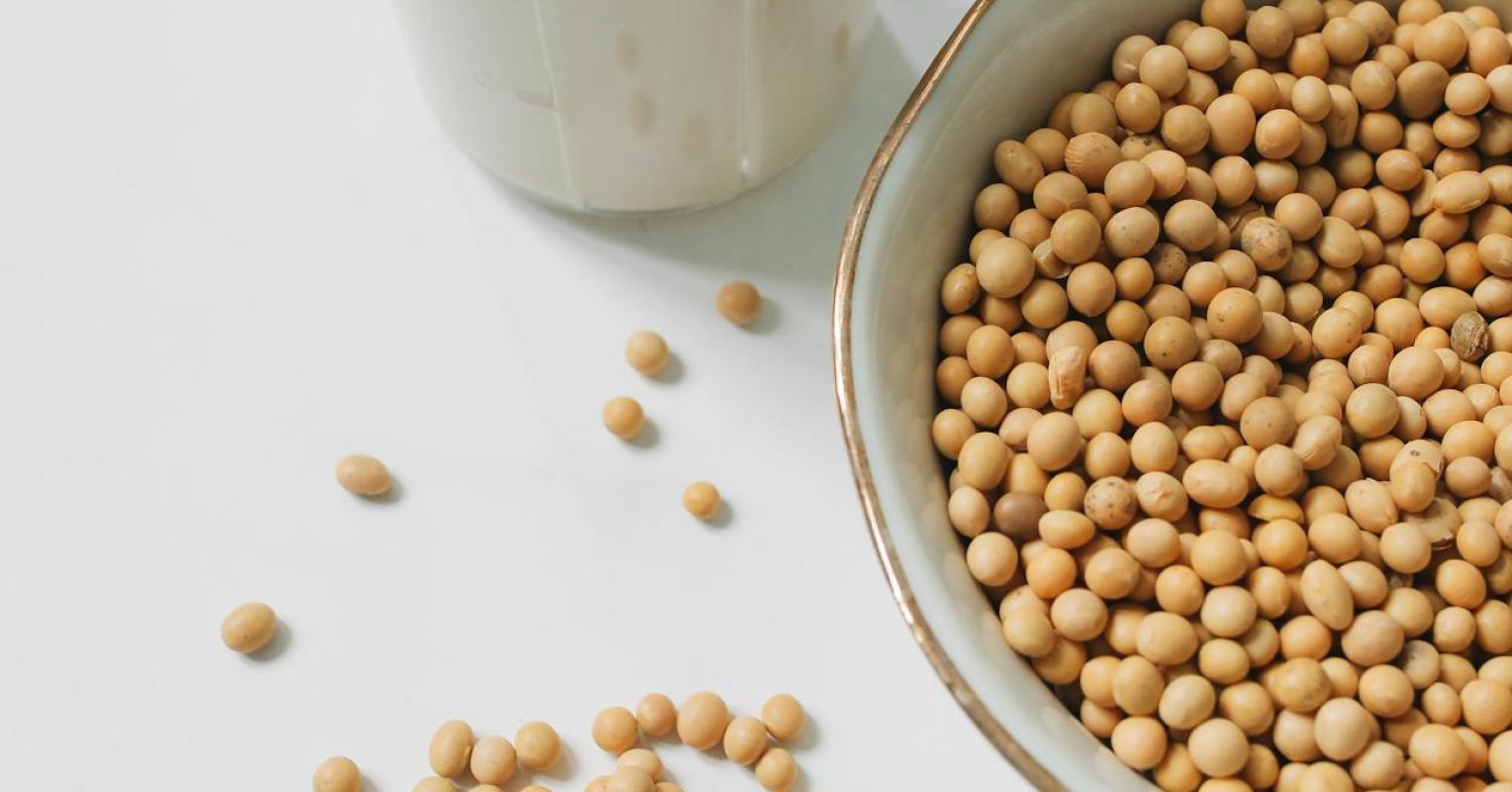
"For several years, my scholarly project has included gullibility and the related construct of credulity. The difference is that credulity involves being persuaded to adopt an incorrect belief while gullibility involves the additional step of being persuaded to act on that incorrect belief. Typically, this is viewed as a problem of the political right, as in politicians, individuals and jurisdictions (such as Florida, which just dropped school mandates) that buy into the false idea that vaccines are ineffective or even harmful."
"products) seems to be have disappeared from the shelves of most coffee establishments as well as many grocery stores. As an example, whenever I request soy milk when ordering an expensive latte at almost any coffee place, except for Starbucks, which briefly banned it but then brought it back, I am offered oat or almond milk instead and told that soy milk is no longer an option."
A scholarly project examined gullibility and the related construct of credulity, defining credulity as adopting incorrect beliefs and gullibility as acting on those beliefs. Mass credulity and gullibility occur across the political spectrum, with examples including jurisdictions that rejected vaccine mandates. Soy milk has largely vanished from many coffee shops and grocery shelves after a single mouse study, with staff often offering oat or almond milk instead and unable to explain its absence. A four-factor model of "foolish action" is proposed to explain the spread and persistence of false rumors and unjustified bandwagons.
Read at Psychology Today
Unable to calculate read time
Collection
[
|
...
]